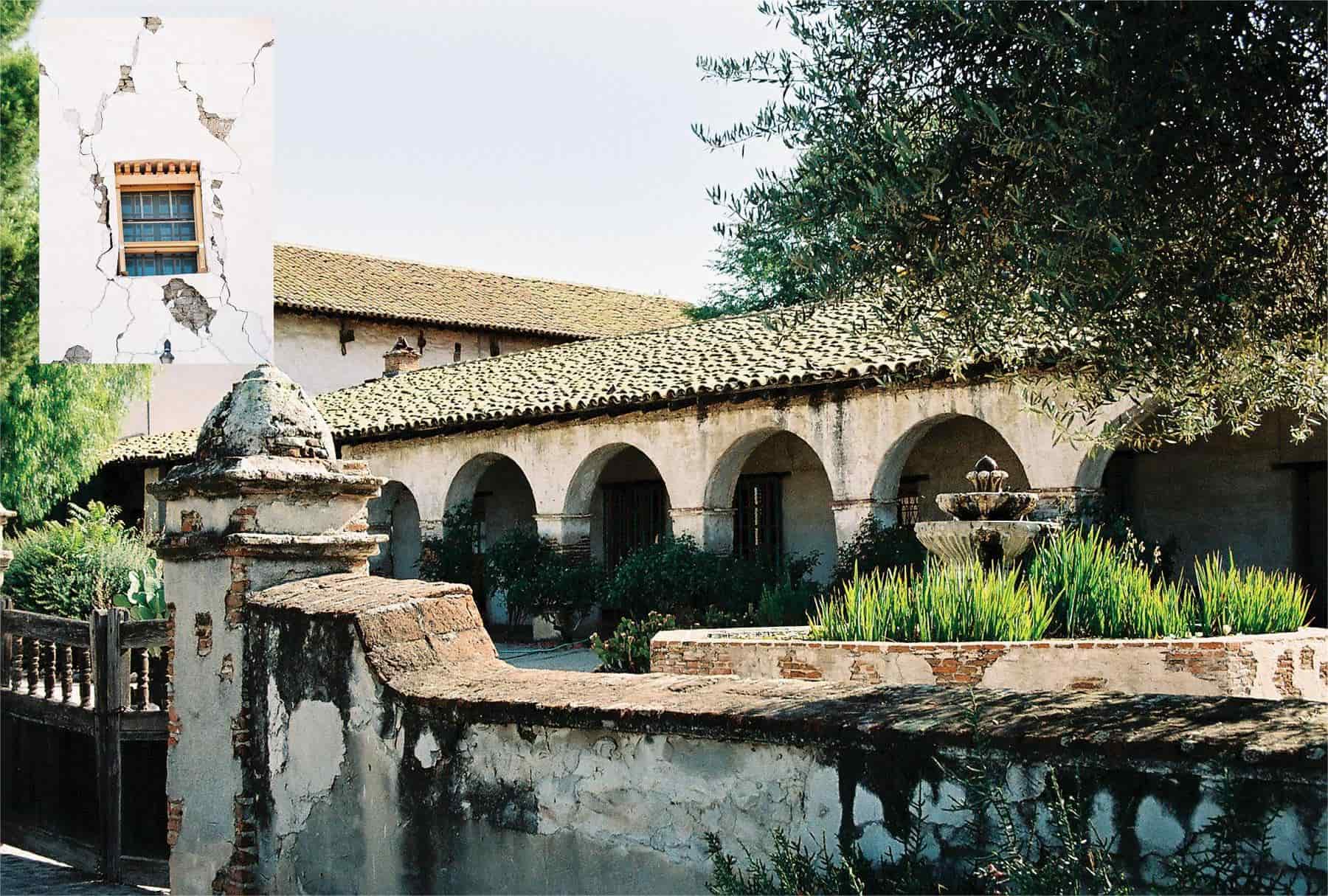Hidden Franciscan Missions Along Texas’s El Camino Real

Have you ever wondered about the hidden Franciscan missions along Texas's El Camino Real? These historic sites offer a glimpse into the past, showcasing the rich cultural heritage of the region. Established by Spanish missionaries in the 18th century, these missions aimed to spread Christianity among Native American tribes. Today, they stand as silent witnesses to a bygone era, each with its own unique story. From the well-preserved Mission San José to the lesser-known Mission San Francisco de los Tejas, these landmarks provide a fascinating look at Texas's colonial history. Ready to explore these hidden gems? Let's dive in!
Hidden Franciscan Missions Along Texas's El Camino Real
El Camino Real, also known as the Royal Road, is a historic trail that stretches across Texas. Along this route, you'll find hidden gems—Franciscan missions that tell tales of early Spanish settlers and their efforts to spread Christianity. These missions are not just historical landmarks; they are windows into the past, offering a glimpse of life in the 18th century. Let's explore some of these hidden treasures.
1. Mission San Francisco de los Tejas
Located in the lush Piney Woods of East Texas, Mission San Francisco de los Tejas was the first Spanish mission in the province of Texas. Established in 1690, it aimed to convert the local Caddo Indians to Christianity. Though the mission was abandoned within a few years, its ruins still whisper stories of early encounters between Spanish missionaries and Native Americans.
2. Mission Nuestra Señora de la Purísima Concepción de Acuña
Situated in San Antonio, this mission is one of the best-preserved Spanish colonial structures in Texas. Founded in 1716, it was later moved to its current location in 1731. The mission's church, with its stunning frescoes and intricate stone carvings, stands as a testament to the artistry and devotion of the Franciscan friars.
3. Mission San Juan Capistrano
Also located in San Antonio, Mission San Juan Capistrano was established in 1716 and moved to its present site in 1731. Known for its fertile farmlands, the mission became a successful agricultural community. Today, visitors can explore its restored chapel, granary, and living quarters, gaining insight into the daily lives of its inhabitants.
4. Mission San José y San Miguel de Aguayo
Often referred to as the "Queen of the Missions," Mission San José y San Miguel de Aguayo is the largest of the San Antonio missions. Founded in 1720, it features a beautiful church with an ornate façade and a large, arched convento. The mission's impressive granary and gristmill highlight its role as a center of agricultural production.
5. Mission San Francisco Xavier de Nájera
This lesser-known mission, established in 1722, is located near present-day Rockdale. Though it was short-lived, the mission played a crucial role in Spanish efforts to establish a presence in Central Texas. Archaeological excavations have uncovered remnants of the mission's chapel and living quarters, offering a glimpse into its brief but significant history.
6. Mission Espada
The southernmost of the San Antonio missions, Mission Espada was founded in 1690 and moved to its current location in 1731. Known for its distinctive arched doorway and aqueduct, the mission is a testament to the ingenuity and resourcefulness of its builders. Visitors can explore the mission's chapel, workshops, and living quarters, gaining a deeper understanding of its role in the community.
7. Mission Santa Cruz de San Sabá
Located near present-day Menard, Mission Santa Cruz de San Sabá was established in 1757 to convert the Lipan Apache. The mission met a tragic end when it was attacked and destroyed by Comanche warriors in 1758. Today, the site is marked by a historical marker and offers a poignant reminder of the challenges faced by early missionaries.
8. Mission Nuestra Señora del Espíritu Santo de Zúñiga
Situated near Goliad, this mission was founded in 1722 and moved to its current location in 1749. Known for its impressive stone church and well-preserved buildings, the mission played a key role in the Spanish colonization of Texas. Visitors can explore the mission's chapel, granary, and living quarters, gaining insight into its history and significance.
9. Mission San Juan Bautista
Located near the Rio Grande, Mission San Juan Bautista was established in 1699 and became known as the "Gateway to Spanish Texas." The mission served as a vital outpost for Spanish expeditions and played a crucial role in the colonization of the region. Today, visitors can explore the mission's ruins and learn about its important role in Texas history.
10. Mission Nuestra Señora de la Candelaria del Cañón
This mission, founded in 1749, is located near present-day Lampasas. Though it was short-lived, the mission played a significant role in Spanish efforts to convert the local Apache population. Archaeological excavations have uncovered remnants of the mission's chapel and living quarters, offering a glimpse into its brief but impactful history.
Discovering Texas's Rich History
Exploring the hidden Franciscan missions along Texas's El Camino Real offers a unique glimpse into the state's rich past. These missions, often overlooked, provide a fascinating look at the blend of Spanish and Native American cultures. Walking through these historic sites, you can almost feel the echoes of the past. Each mission tells a story of perseverance, faith, and community. Visiting these sites isn't just about seeing old buildings; it's about connecting with the history that shaped Texas. Whether you're a history buff or just looking for a unique adventure, these missions offer something special. So next time you're in Texas, take a detour off the beaten path and explore these hidden gems. You'll leave with a deeper appreciation for the state's diverse heritage.

